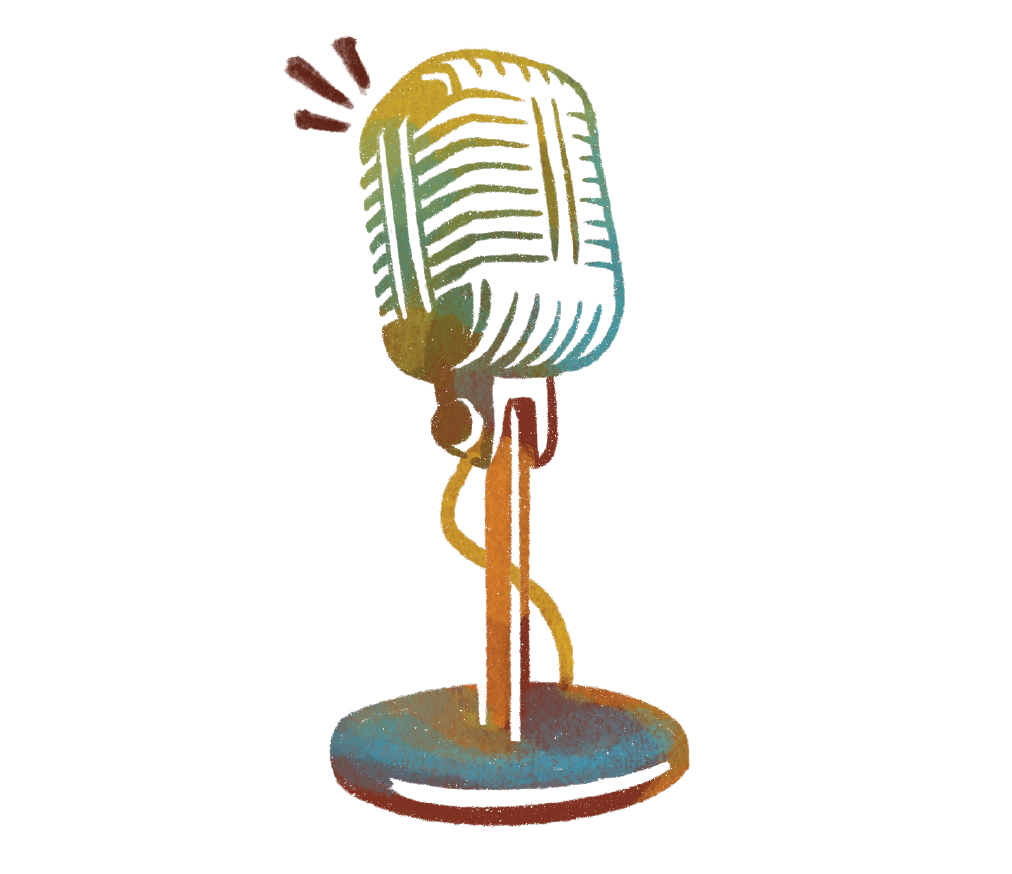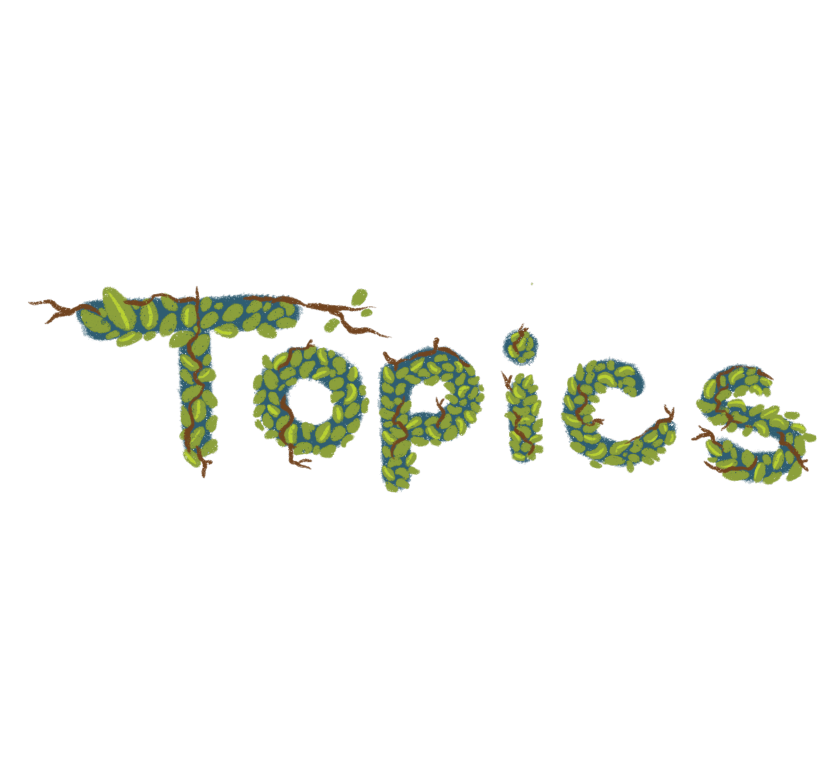Making Events Accessible
Considering disabilities when organizing an event and implementing inclusive design is crucial to ensure equal access and participation for all attendees. By prioritizing accessibility, we foster an environment where individuals with diverse abilities can fully engage and contribute, promoting inclusivity and equity within our communities.
Everyone: Understanding the Basics
Providing Accessible Material and Media
Be open to diversity in your audience and any accessibility issues – be aware that some of your audience might not be able to: see, hear, move, speak, understand information.
Respect Participants needs and be open for other accessibility issues.
Benefits: Sessions that are accessible to people with disabilities are also inclusive to many more audiences – for example a live presentation with “slides” can be recorded and later available in an audio podcast for people with different learning styles

Organizers: Planning the Event
Initial Event Planning
Ensure the venue is accessible to speakers and participants.
Ensure the building entrance, meeting room, presentation stage, and bathrooms are accessible.
Ask speakers and participants about their accessibility requirements
Arrange for assistive listening devices, interpreters, and captioners, as needed
Event Setup
Ensure adequate sound system, and arrange for microphones
Arrange for good visibility of the speakers and interpreters
Arrange for good internet connections
Plan to limit distractions
Give speakers accessibility requirement and guidance

Speakers: Planning Your Session
Initial Session Planning
Provide material ahead of time
Work with interpreters and captioners. Give them material in advance.
Consider activities and use multiple communicaion methods for different learning styles.
Preparing Slides Projected Material
Limit the amount of text on each slide and make text and important visuals big enough to be read even from the back of the room.
Use an easy-to-read font face. Use sufficient contrast between colors and
consider how to use motion or animations.

Participants and Speakers: During the Meeting or Presentation
Describe all relevant visual information
Speak clearly
Use simple language
Give people time to process information
Be visible
Use a good quality microphone
Ensure that all relevant sound is audible through the sound system

Topics for Web Accessibility Presentations and Training
Introducing Web Accessibility
How People with Disabilities Use the web
Components of Web Accessibility
Promoting Web Accessibility
Introducing WCAG 2
Migrating to WCAG 2
Designing & Developing Accessible Websites with WCAG 2
Browser Accessibility and UAAG
Authoring Tool Accessibility and ATAG
Accessible Rich Internet
Business Case for Web Accessibility
Improving the Accessibility of Exisitng Websites
Involving Users in Web Projects
Web Accessibility and Elderly
Web Accessibility Policy & Legislation
Preliminary Check for Web Acc.
Conformance Evaluation for Web Acc

